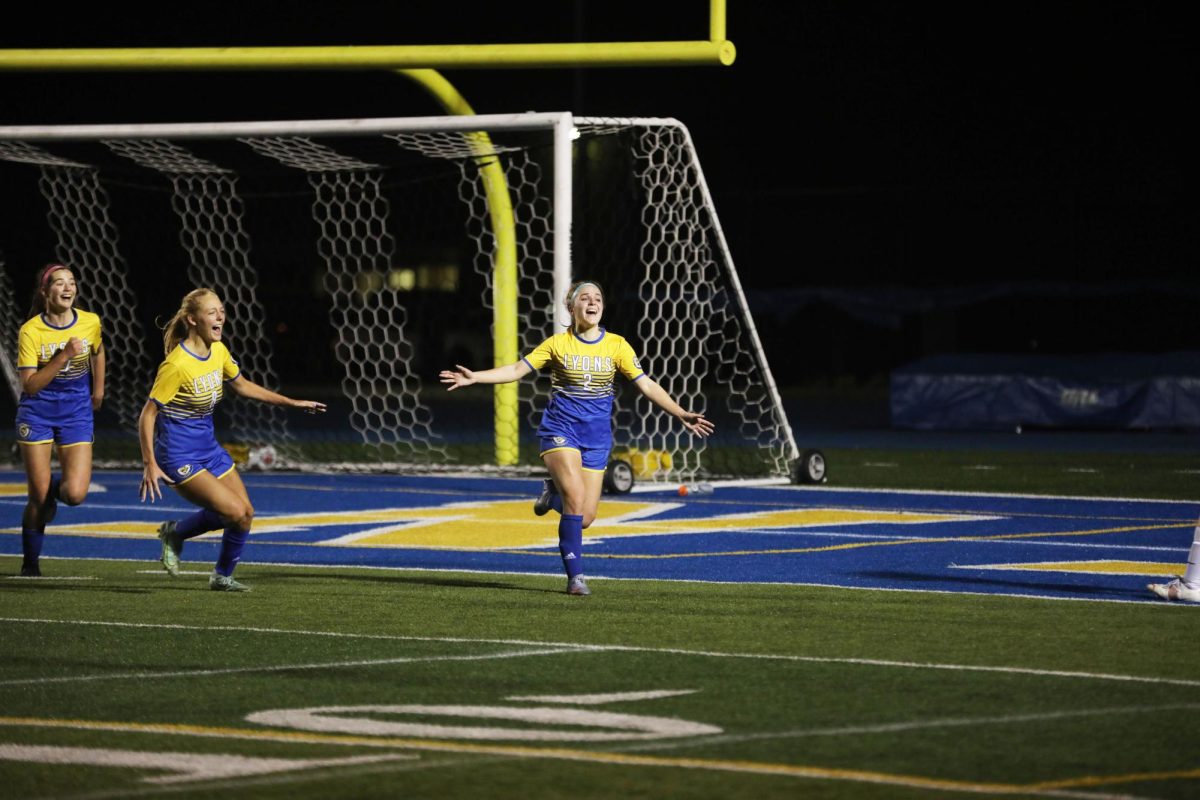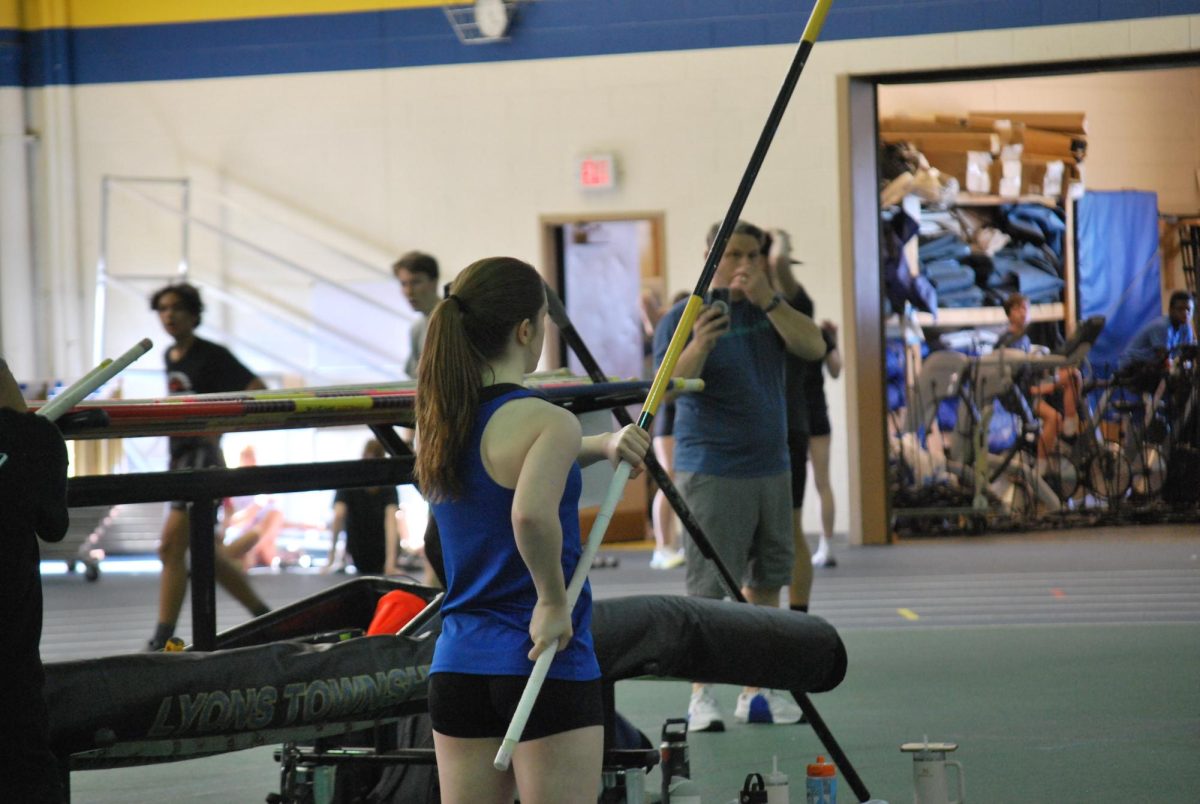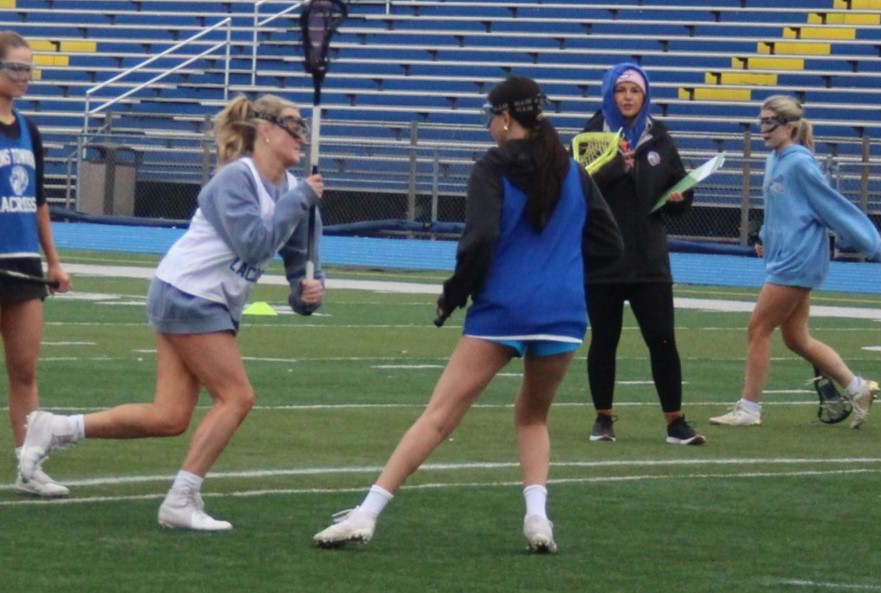IHSA to abolish football conferences, replace with new district formatting
March 1, 2019
Any student athlete who competes in an Illinois High School (athletic) Association sport knows the basics of how teams are divided. For many sports in the IHSA, teams are divided into conferences, and these conferences can be based on many things. Such reasons can include geography, school size, history, rivalries or anything that could possibly link schools together.
However, for IHSA football, this division of schools based on conferences is coming to a close. High schools across the state voted 324-307-69 for the passing of Proposal 23, which directs the IHSA to get rid of football conferences in favor of eight team districts starting in the 2021 season.
The driving force behind the push for this to pass was the argument to give teams stability that have not had it in the past. LT is in the West Suburban Silver Conference, which has experienced very little change in the past few decades regarding what teams are in the conference and the scheduling of games. Other teams have not had this luxury: teams such as Macomb, Quincy Notre Dame and Hamilton (West Hancock) are examples of this, IHSA Executive Director Sam Knox said. There are other reasons behind the passing of Proposal 23, which includes easier scheduling of teams who have problems finding opponents during the season.
“In some areas, schools are changing conferences so they can put their football team in a better position to be successful,” Knox said. “This happens often and can cause scheduling issues, not only for football, but for other sports at that school that might be forced to change conferences because of the football team’s move.”
The new proposal is modeled after the system the Iowa High School Athletic Association (IAHSAA) currently has in place. The system will group schools into classes of 64 teams based on enrollment, similar to the system currently in place. From those 64 teams, it will be divided further into eight districts, Knox said. Each team will play every other team in their district during the regular season in a schedule determined by the IHSA.
On top of those seven games scheduled by the IHSA, a school may choose to play in three games at the beginning of the season outside of their districts that do not affect playoff placement. That way they can play teams that may be rivals from old conferences who may not be in their district.
“Teams don’t necessarily have to play teams in their current conference,” LT Athletic Director John Grundke said. “All of those teams that we normally play we may not have a chance to play. For example, we may not be scheduled to play Hinsdale Central.”
However, this system is not without its flaws—after all, 307 schools voted against it. While the system promises schools have a schedule already set for them, the scheduling only applies to the varsity level, Grundke said. That means that schools still need to figure out their own schedules for freshman, sophomore and JV levels of their teams, which leave schools like LT with the same issues that were attempting to be solved in the new proposal. This division between levels can cause issues with logistics of sending different teams to different schools, as well as splits up the coaching staff who may be at different schools.
“Typically you have varsity and sophomore teams playing at similar times,” Grundke said. “That way we can have varsity coaches scout the lower levels and work with different positional players and see who they can bring up to varsity in later years.”
Another reason that the proposal was passed is so that certain teams don’t have to go significantly out of their way to find matchups for the season. Under the current system, schools would have to find other teams to play on their own, Knox said. However, with the new system, schools will not have to worry about creating a schedule as the IHSA sets the schedule under two year cycles.
“These games won’t be a factor in playoff qualification, so there is less risk in playing a school that is really good,” Knox said. “Schools can play other local schools in non-district games or they can take longer trips to play schools that are farther away. It will be completely up to each school.”
Every two years the teams in a district can change, which can be based on student enrollment or success in the prior two years. This also allows for teams to have an opportunity to play teams that they may have never played before.
The vote for the passing of Proposal 23 was comprised of one representative from each school, these representatives can be athletic directors or principals. There are three levels of voting, there are town meeting and if the vote passes in enough town meetings, then it gets proposed to the legislative commission, who vote similarly to how their constituents at the lower level voted. If it passes at the legislative commission, then an official ballot is sent out to each school for an official representative to vote.
“LT’s official vote was no, we don’t want to go to this new districting,” Grundke said. “There are a couple different reasons, one of the biggest reasons is that I love our conference and I love playing teams in our conference.”
Despite LT’s official vote against Proposal 23, LT’s school spirit and level of competition will not be faltered.
“I’m comfortable in whoever we have to play,” Grundke said. “We are an 8A school, we are at the highest level of play, and whoever we do play, it is not going to make that big of a difference.”


















![Movie poster for [Rec] (2007).](https://www.lionnewspaper.com/wp-content/uploads/2023/04/rec-640x900.jpg)




